Kindle DX is the 9.7-inch large screen member of Amazon’s family of revolutionary portable readers. The company said that the new Kindle DX features new graphite enclosure, high contrast electronic ink display with 50% better contrast for clearest text and sharpest images…..
Amazon’s having a field day with its Kindle lineup as of late. Hot off the heels of its Kindle price drop, bigger brother Kindle DX has gotten a new shade, a touted 50 percent improved contrast, and a $379 price tag — much lower than the $489 it asked for when first hitting the scene.
As it turns out, one size does not fit all when it comes to digital reading devices; at least that’s Amazon’s attitude. Just two months after releasing its slimmer, 5.4-inch Kindle 2, the company has released the larger 9.7-inch Kindle DX. Optimized for reading larger-paged textbooks and newspapers, the Kindle DX (which stands for Deluxe) not only has a larger screen, but twice the amount of storage, and an accelerometer that quickly switches to landscape mode. Still offering lightning-fast wireless downloads for thousands of available titles, a text-to-speech feature, and a design that’s thinner than the iPhone 3G, the Kindle DX is a well rounded e-book reader.
The Kindle Store (www.amazon.com/kindlestore) now has more than 620,000 books, including New Releases and 108 of 111 New York Times bestsellers, starting at $9.99 or less. More than 200,000 books have been added to the U.S. Kindle Store in just the last six months, including the full selection of John Grisham titles. Over 1.8 million free, out-of-copyright, pre-1923 books are also available to read on Kindle, including classics such as “The Adventures of Sherlock Holmes,” “Pride and Prejudice” and “Treasure Island
All New, High Contrast E-ink Screen: The new, graphite Kindle DX uses Amazon’s all new electronic ink display with 50 percent improved contrast for the clearest text and the sharpest images.
Beautiful Large Display: Kindle DX’s 9.7-inch diagonal e-ink screen is ideal for a broad range of reading material, including graphic-rich books, PDFs, newspapers, magazines, and blogs.
While the Kindle DX has the same design as the Kindle 2, it’s larger and heavier. At 10.4 x 7.2 inches, the Kindle DX has almost the same footprint as a magazine, and is 2.4 inches wider and 1.9 inches longer than the Kindle 2, which makes it a struggle to fit into a purse. However, at 0.38 inches thick, the DX is only 0.02 inches thicker than the Kindle 2, and almost twice as thin as the original Kindle. At 18.9 ounces (8.7 ounces more than the Kindle 2) the DX is on the heavier side, though not too pudgy for holding upright during long reading stints.
The brushed-aluminum back of the DX, contrasted with its white face, makes it look like an Apple-designed product—which is a compliment. In our hands, it felt more like a premium slate than an awkward, plastic device like the original Kindle. The back of the DX does not detach; there is no removable battery or memory card slot like the original—though Amazon says this version can hold more than 3,500 books.
As with the Kindle 2, the Next and Previous Page buttons are located on the left edge, and are inward-facing to prevent the accidental page-turning issue that was prevalent on the first Kindle. The Home button gives quick access to the home screen, instead of having to search for the small Home icon on the keyboard. Two stereo speakers now sit on the rear of the device, and a 3.5mm headphone jack is at the top.
The QWERTY keyboard on the DX is different from that on the Kindle 2. The white oval keys remind us of Tylenol capsules, and are comfortable for creating notes, searches, and entering Web addresses, but we prefer the rounder buttons on the Kindle 2, as they fit our fingers better.
The scroll wheel has been replaced by a stiff but usable five-way controller. We preferred the scroll wheel on the first Kindle for quickly scrolling through pages instead of having to push down repeatedly, but the new controller allows for more precise movement. You can also use it to highlight text and look up words.
Text, like that on the Kindle 2, is noticeably crisper than the original, and the DX’s larger 9.7-inch screen with a 1200 x 824-pixel resolution provides more real estate for reading. If you looked closely at the original Kindle, you could make out lots of tiny flecks, and the screen almost had a smudged look to it. The Kindle DX has the same gray background, but the smudging is gone; images appear much sharper. The 16 levels of grayscale add a lot of detail to pictures.
Not only does the screen accommodate larger pages and images, but, unlike the Kindle 2, the Kindle DX has a built-in accelerometer for viewing pages in landscape mode. Like the iPhone, simply turning the device on its side reorients the screen. The screen was quick to adjust, taking about one second to go from horizontal to vertical viewing and visa versa. You can manually adjust the orientation of the screen by clicking the Aa button, which is also used to change the size of the text.
Reading on the Kindle DX over a long weekend was a pleasure. The display doesn’t induce headaches or eyesores like a computer monitor would; text is crisp yet soft enough to remind us of a page in a book. Though it’s barely noticeable, the screen still flickers. Pages turn in less than a second, which Amazon claims is 20 percent faster than the original Kindle. Reading by the pool was pleasant, and there was absolutely no glare caused by the sun. However, when it came to reading at night in our bed, we wished there was a built-in backlight.
If you hover over a word while you’re reading, the Kindle DX automatically searches for it in The New Oxford American Dictionary (which includes more than 250,000 definitions) and displays the definition at the bottom of the screen almost instantly. To view a larger definition of a specific word, press the Enter key on the keyboard; press the Back key to return to the text. This feature is handy and minimizes distractions while reading.
The Kindle 2’s Text-to-Speech feature is also included on the DX, and reads the text on any page out loud to you either through the speakers or through the top-mounted 3.5mm headphone jack. The idea is that this function could let you enjoy content when you have your hands full, say, while driving.
You can choose between a male or female voice by selecting the Aa key. Choose from three speed options: slower, default, and faster. Default sounds the most normal; “slower” sounded like the voice is speaking underwater; and “faster” sounds too jumbled.
Clicking Menu on the home screen and selecting Experimental will bring you to a page of experimental services, which includes the aforementioned Text-to-Speech reader as well as an MP3 player and a free Web browser. We loaded the text-only, mobile-friendly CNN News page in about 9 seconds and appreciated the basic linear formatting. As with digital newspapers, though, to scroll farther down the page you have to hit Next Page instead of just scrolling down. The multimedia-heavy NationalGeographic.com homepage loaded incorrectly, but included links for the main story categories. The Kindle DX isn’t meant to be a Web-browsing device, however, so we’ll forgive its mediocrity.
If you like the idea of listening to music while you read or hearing a real audio book, the Kindle DX makes transferring songs to the device relatively simple. Unplug one end of the Kindle DX cable from its small power adapter and plug it into your PC. We transferred two Meiko tracks over to the device and played them back using the MP3 player. Audio sounded much better than we expected: Music played loud and clear through the Kindle DX’s two speakers.
Amazon assigns each Kindle DX a dedicated e-mail address, so you can send Word, TXT, HTML, or PDF files to it. Amazon charges 10 cents for each conversion if you decide to have it sent to the Kindle DX over Whispernet; there’s no charge if you drag and drop files on the device from your computer. The built-in PDF reader let us to open our PDF files right from the main menu (the Kindle 2 requires the PDF to be converted).
With a full charge, Amazon claims the Kindle DX will last 4 days with wireless turned on. With EV-DO off, however, the Kindle DX should last more than 2 weeks. We will update this review after we’ve tested those claims, but we can confirm that after many hours, including a weekend of use, the battery meter didn’t budge. Unfortunately, the battery cannot be removed by the user and must be replaced by Amazon.
Key Product Features:
- Holds Kindle at “15 degrees from vertical” or “15 degrees from flat”.
- Low-profile of less than 1 inch high, shorter and narrower than your Kindle, makes it highly-portable.
- Read hands-free at breakfast, the cafe or at work.
- Feather-light at just 4 ounces, the one-piece design is made of resilient ABS plastic.
- Use in landscape mode in both the “15 degrees from fla” and ” 15 degrees from vertical” positions with access to buttons maintained.
Social Networks: New Twitter and Facebook integration enables the millions of Kindle customers to post meaningful passages and share their love of reading instantly with family and friends, and in turn, help them discover new authors, new books, and new ideas.
Auto-Rotating Screen: Read in portrait or landscape mode using Kindle DX’s auto-rotating screen. Simply turn Kindle DX and immediately see full-width landscape views of maps, graphs, tables and images, all displayed in higher contrast on Kindle DX’s new screen.
Additional Features
- You choose between provided felt and rubber pads so your reading stand either easily slides on table surfaces (use the felt pads) or stays put (use the rubber pads).
- A cord slot in the “15 degrees from flat” position allows you to charge your Kindle while in the stand.
- Keep your Kindle and Cover safely above accidental spills when reading while eating.
- Handsomely displays your Kindle when not in use.
- Reflective surfaces of the reading stand enhance sound clarity.
- When reading for long periods of time, vary your handgrip by holding the e-reader in the reading stand in the “15 degrees from flat” position.
Most best-seller books are $9.99 each; if you read 10 hardcover books a year, at roughly $17 each, then you would spend $170 on books. Those same ten books would cost you $99 on the Kindle. At that rate, you would save $71 per year with the Kindle DX, but it would take almost 5 years to make up the cost of the Kindle DX itself. But that’s just if you’re reading books.
Not to worry, there’s still a 9.7-inch E-ink display and free 3G wireless. Though not shipping until July 7th, you can go ahead and give Bezos and co. your money today, whether you’re a domestic or international customer.
Resources :e-book-reviews.com,kradle.com,engadget.com



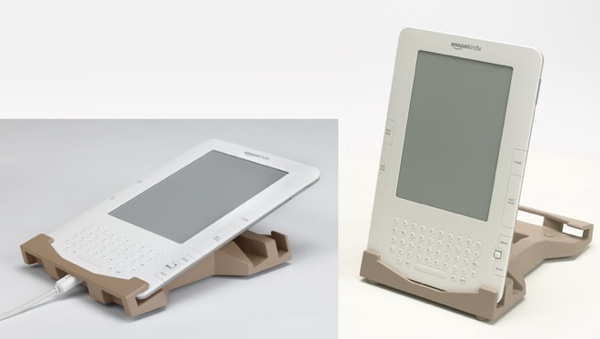
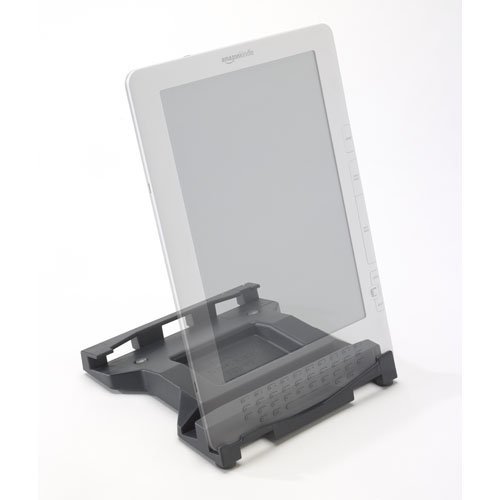
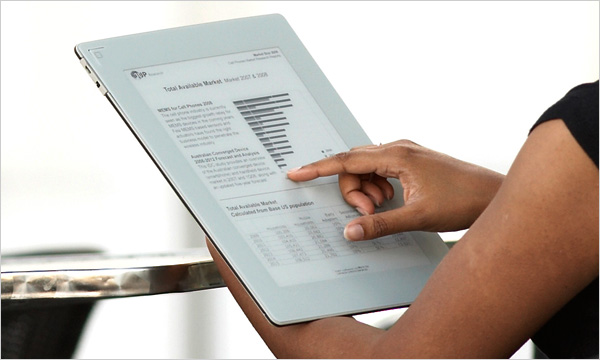

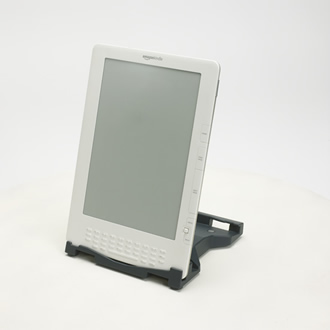


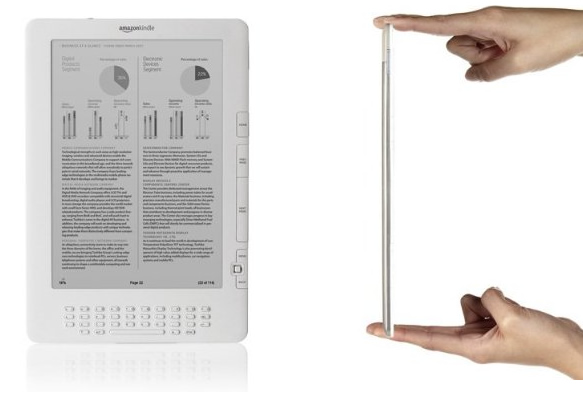
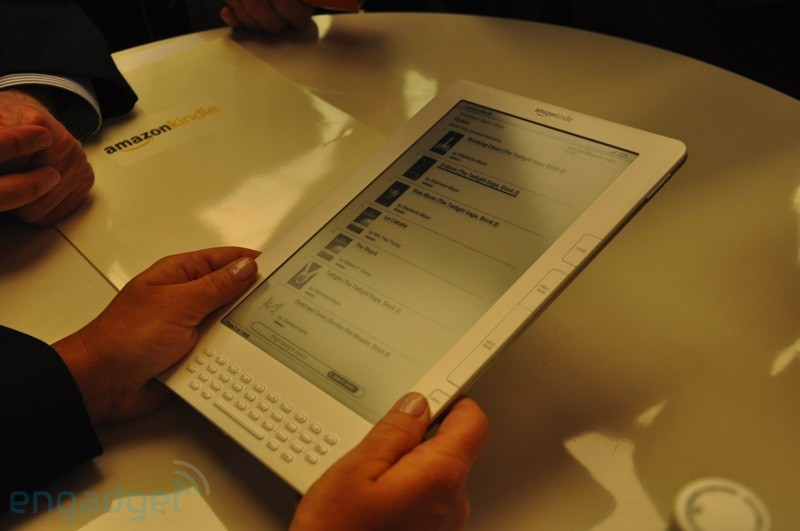

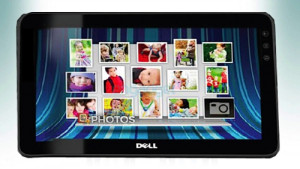
Pingback: Kindle DX – TheTechJournal.com (blog) |
Pingback: Price Cut Won’t Save the Kindle DX - PC World
Pingback: Price Cut Won’t Save the Kindle DX - PC World
Pingback: Amazon distances new Kindle DX from Apple’s iPad – The Tech Herald |
Pingback: Amazon distances new Kindle DX from Apple’s iPad – The Tech Herald |
Pingback: Price Cut Won’t Save the Kindle DX - PC World
Pingback: Amazon Kindle $189 Only. 30% Price Cut On Best Selling Digital Ebook Reader … - OfficialWire (press release)
Just got a DX today. I LOVE IT. what a wonderful (if limited) device. lack of user replace battery (though its really not hard to replace) is annoying lack of memory card is REALLY annoying but livable. many limitations are annoying but that 9.7″ display forgives all 🙂 (and native doc support nothing would forgive not having that NO software to install. plug in usb port COPY files over Done)
One thing I will not be doing however and this is whats going to kill them in the long run is pay $9.99 for an ebook. I am sorry but that is just too much money. at least 5 times too much more like 10 times too much.
I can buy any of the titles they over for $6 or $7 and ACTUALLY OWN the physical paper book.
they want me to pay a more than 50% premium and own NOTHING ? I am sorry but that is nuts. These should be priced around $1 or $2 a pop MAX.
People say your paying for the content. No your not. Your paying for the HARDWARE ie the BOOK. with an ebook you get NO BOOK so it should be priced accordingly.
The idea of comparing an ebook to the hardcover is lunacy. the whole REASON a hard cover is $15 to $30 is ITS A HARD COVER. you get a gorgeous significant substantial BOOK to put on your book shelf. THIS is what makes a hard cover worth it.
with an ebook you get nothing. just a digital file hyou own or posess NOTHING of substance and it should be priced accordingly.
a paper back is $6 or $7 remove the physical costs from that price and THAT is what the price should be for an ebook. till then you won't see me paying for an ebook (not at $10 a pop)